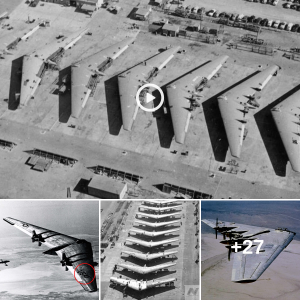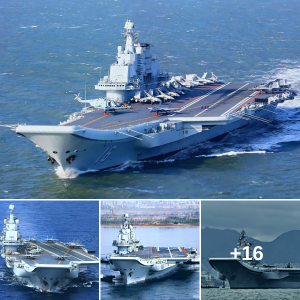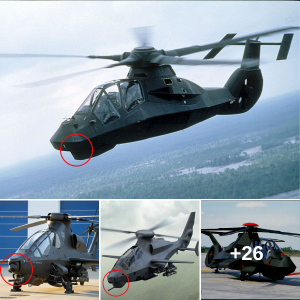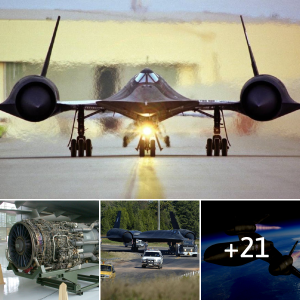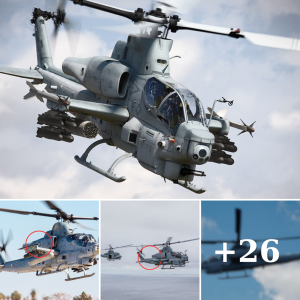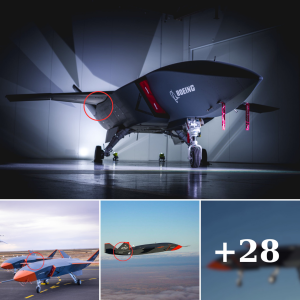The USS Missouri: The Battleship that Refused to Lose – When you think of battleships the USS Missouri should be top of mind. No other battleship played a role in so many hot spots and made so much history. From the surrender of Japan to mark the end of World War Two to Operation Desert Storm, the Missouri served the United States with honor. This ship was highly decorated with numerous awards for valor. It was big and fast, and its huge guns made the enemy pay. Nicknamed the “Mighty Mo,” it was one of the largest ships the U.S. Navy ever operated.

The Mighty Mo Was Huge
The Missouri, at over 58,000 tons and almost 900 feet in length, was part of the Iowa-class of battleships. The USS Missouri was the last battle wagon ever introduced to the navy. Its deck was the site of one of the most consequential surrenders in modern warfare history when the Japanese signed an agreement to end the war on September 2, 1945.
Stayed in Service to Menace Enemy Forces
But the Missouri wasn’t finished. The Korean War beckoned, and the USS Missouri answered the call again. The warship finished service for the first time in 1955. Then-President Ronald Reagan built up the navy during the Cold War and brought the Missouri back to service. Outfitted with missile launchers, the Missouri used missiles and huge shells fired from deck guns to send doom to the Iraqi army during the first Gulf War. It finally decommissioned after the Cold War in 1992 after winning 11 battle stars.
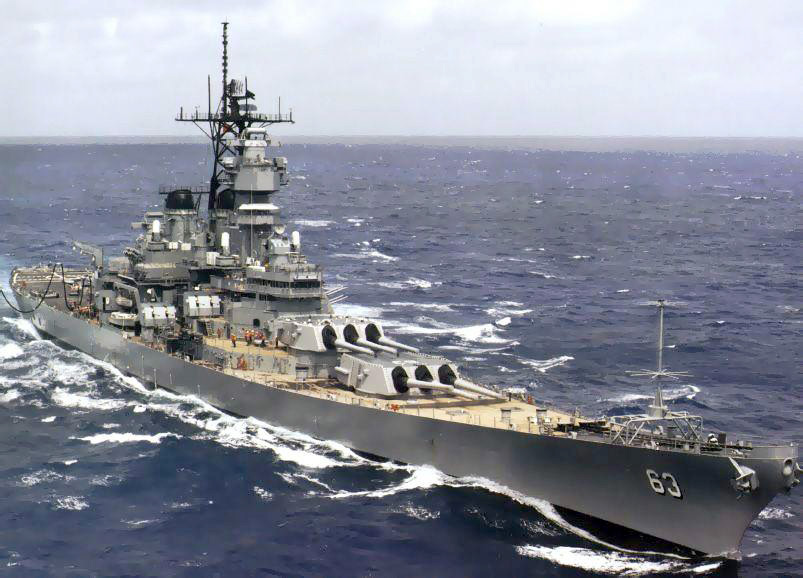
Made to Steam Fast
Laid down in 1941, the Mighty Mo was built for speed – reaching 33 knots at times. It required major propulsion to challenge the Japanese fast Kongo-class battlecruisers in World War Two. It also needed to steam in tandem with the American Essex-class carriers. Although gigantic in size, it could even make it through the Panama Canal giving it the ability to project power around the globe.
The Big Guns Dominated
The firepower was impressive. USS Missouri boasted nine 16-inch guns, 20 five-inch guns, and 40mm anti-aircraft guns, plus 49 20mm anti-aircraft guns. During World War II, The Mighty Mo shot the 16-inch guns during the Marine Corps amphibious landings at Iwo Jima and Okinawa. Then it fired on the Japanese home islands. It was probably most engaged during the Okinawa campaign, when it destroyed enemy planes, took a hit from a kamikaze suicide plane, repaired the damage, and commenced to shell the island again.
It Wasn’t Finished After World War Tow
During the Korean War, it was the flagship of the Seventh Fleet. The guns of the USS Missouri brought pain to communist forces in Chonjin, Tanchon, and Wonsan. After that engagement, the warship was retired and became a museum vessel in Washington state in 1955.
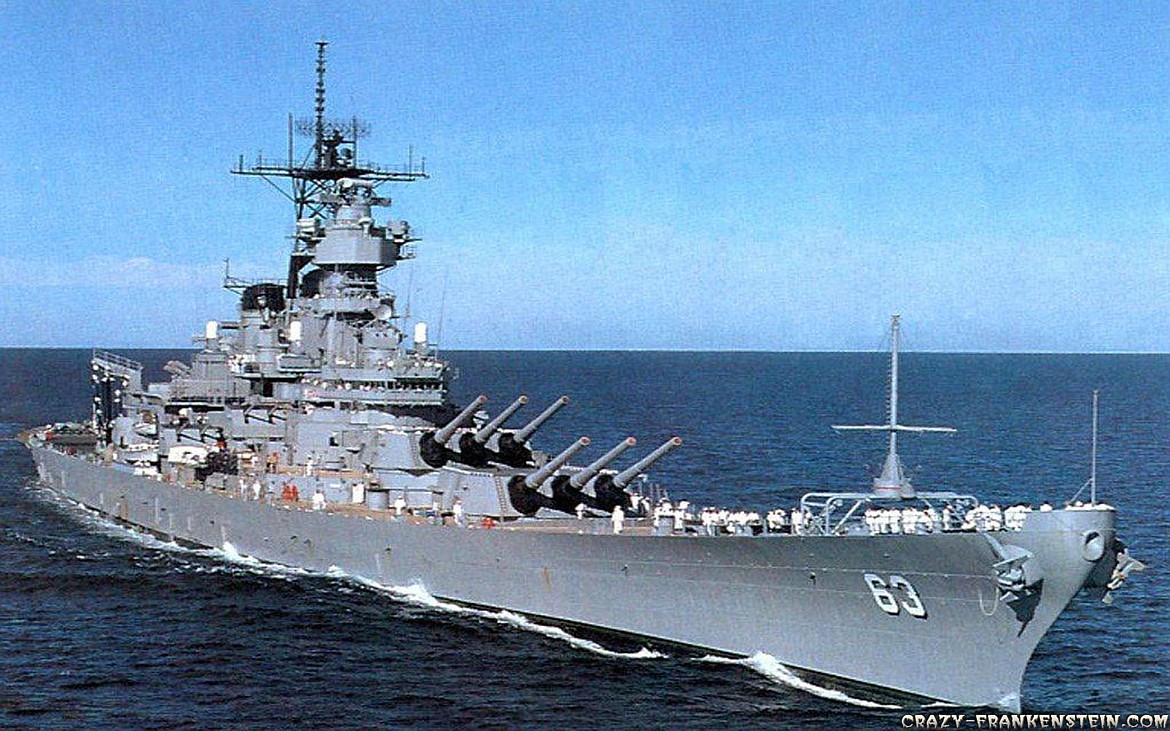
But the Missouri wasn’t finished. An inflection point in the Cold War happened during the 1980s in which the Reagan White House wanted a 600-ship navy. The Missouri came out of retirement in style. Now outfitted with Tomahawk cruise missiles and surface-to-air missiles, it was meant to overawe the Soviet navy.
Mighty Mo Played an Important Role in Desert Storm
The next challenge was Operation Desert Storm. War planners in that engagement had an idea. Why not use the Missouri and other ships to fake a marine amphibious landing, while the main force attacked the Iraqis on land? This feint worked and it tied up a substantial number of Iraqi troops who thought the Americans would come in from the sea. But that wasn’t all. During the Gulf War, the ship launched at least 28-cruise missiles plus it rained steel. One hundred 16-inch shells hit Iraqi targets.
The USS Missouri should be applauded for its distinguished service. It saw some of the most significant wars in U.S. history. Any sailor who served on the Missouri over the decades likely had fond memories of its exploits. The Missouri showed that large ships could still make a difference in combat from World War Two up until the early 1990s when it was finally decommissioned in 1992.
